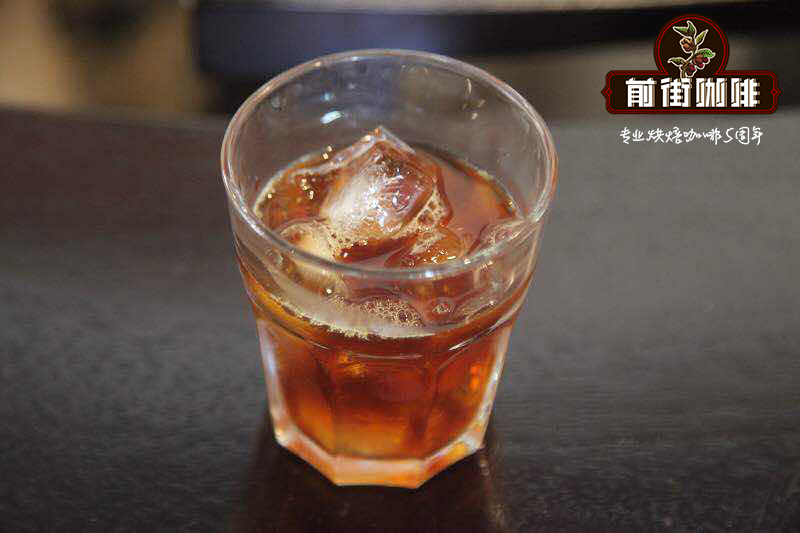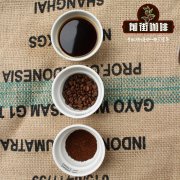About coffee silver skin coffee bean silver skin affect taste how to remove the silver skin of coffee beans

Professional coffee knowledge exchange more coffee bean information please follow the coffee workshop (Wechat official account cafe_style)
The white shavings seen every time after grinding coffee beans are called "silver skin" Silver Skin/Chaff
The content of soluble fiber in the seemingly useless silver skin of coffee is quite similar to that of oats. The industry has developed it as a health food. So where exactly does silver skin exist in coffee beans?
When grinding beans, it is found that there will be a lot of yellow, like soot floating down, often put together with coffee powder into a filter cup for cooking and extraction. Some guests will hate them very much and think that silver skins are dirty. So is the silver skin really dirty? Today, we will follow Chongqing Brest Coffee West Point Liquor blending training School to learn about Yinpi.
A coffee berry with skin and pulp on the outside, then pectin, then coffee beans. The bread outside the coffee beans is covered with thick sheepskin. After drying, it is very hard, and between the coffee bean and the sheepskin, there is a thin skin, which is called "silver skin". The silver skin of sun-treated coffee beans is generally yellowish brown, while the silver skin of washed beans is generally rice-white, translucent, tightly wrapped in raw coffee beans.
Silver skin actually has an effect on the flavor of coffee beans. In other words, with the exfoliated silver skin and the raw beans in baking, the less contact time, the better. Because if this thin layer of silver skin is not removed immediately, it will be scorched by the high temperature in the boiler, and the smell will go deep into the expanding beans, making the coffee bitter and bitter. If you have a chance to smell the silver skin excluded by the roaster, you will feel a strong smell of tobacco. And because the silver skin is involved in fermentation during the processing of raw coffee beans, the silver skin tastes sweet after baking.
However, when brewing, the remaining "inner silver skin" of the coffee will not greatly affect the taste of the coffee. Appropriate silver skin can enhance the flavor and highlight the regional style. To put it bluntly, the "silver skin" of coffee is like the "red foreskin" of peanuts. Chestnuts, hazelnuts and other nuts have silver skins.
It is often said that silver skin will affect the flavor of coffee. What does silver skin taste like? For the silver skin of the shallow baking route, the dry aroma is slightly sweet (professionals will say that sweetness is not the sense of smell, but let's just think of it as the sweet smell of caramel), wet aroma cassia seed tea, wheat tea, drink, really like cassia seed tea, wheat tea, and will return sweet! (it's so baked, XDD.)
On the whole, it has its taste and is part of the coffee beans. Removing the silver skin before brewing can get the purer flavor of the bean itself, but without removing the silver skin, I think the influence on the flavor is limited, and we can also get a more complete flavor of the bean. Being more complete doesn't mean it tastes better. The taste is different from one person to another. )
Important Notice :
前街咖啡 FrontStreet Coffee has moved to new addredd:
FrontStreet Coffee Address: 315,Donghua East Road,GuangZhou
Tel:020 38364473
- Prev

Coffee grind how to adjust the thickness of coffee
Professional coffee knowledge exchange more coffee bean information Please pay attention to the coffee workshop (Wechat official account cafe_style) when making coffee, the main goal is to control the extraction. Coffee flavor depends on how many substances are dissolved from coffee beans into water. This part of the balance comes from the ratio of water to powder, brewing time, water temperature, grinding thickness and other factors. The purpose of grinding is to increase the coffee.
- Next

Coffee Cognition Coffee Cherry Coffee Bean Fruit structure of Coffee Cherry
Professional coffee knowledge exchange more coffee bean information Please pay attention to the basic structure of coffee workshop (Wechat official account cafe_style) is divided into five parts, peel, pulp, endocarp, silver skin, coffee beans (that is, coffee cherry seeds), each of which has a great impact on the subsequent coffee production. The first contact is that the barista has already baked it.
Related
- Beginners will see the "Coffee pull flower" guide!
- What is the difference between ice blog purified milk and ordinary milk coffee?
- Why is the Philippines the largest producer of crops in Liberia?
- For coffee extraction, should the fine powder be retained?
- How does extracted espresso fill pressed powder? How much strength does it take to press the powder?
- How to make jasmine cold extract coffee? Is the jasmine + latte good?
- Will this little toy really make the coffee taste better? How does Lily Drip affect coffee extraction?
- Will the action of slapping the filter cup also affect coffee extraction?
- What's the difference between powder-to-water ratio and powder-to-liquid ratio?
- What is the Ethiopian local species? What does it have to do with Heirloom native species?

